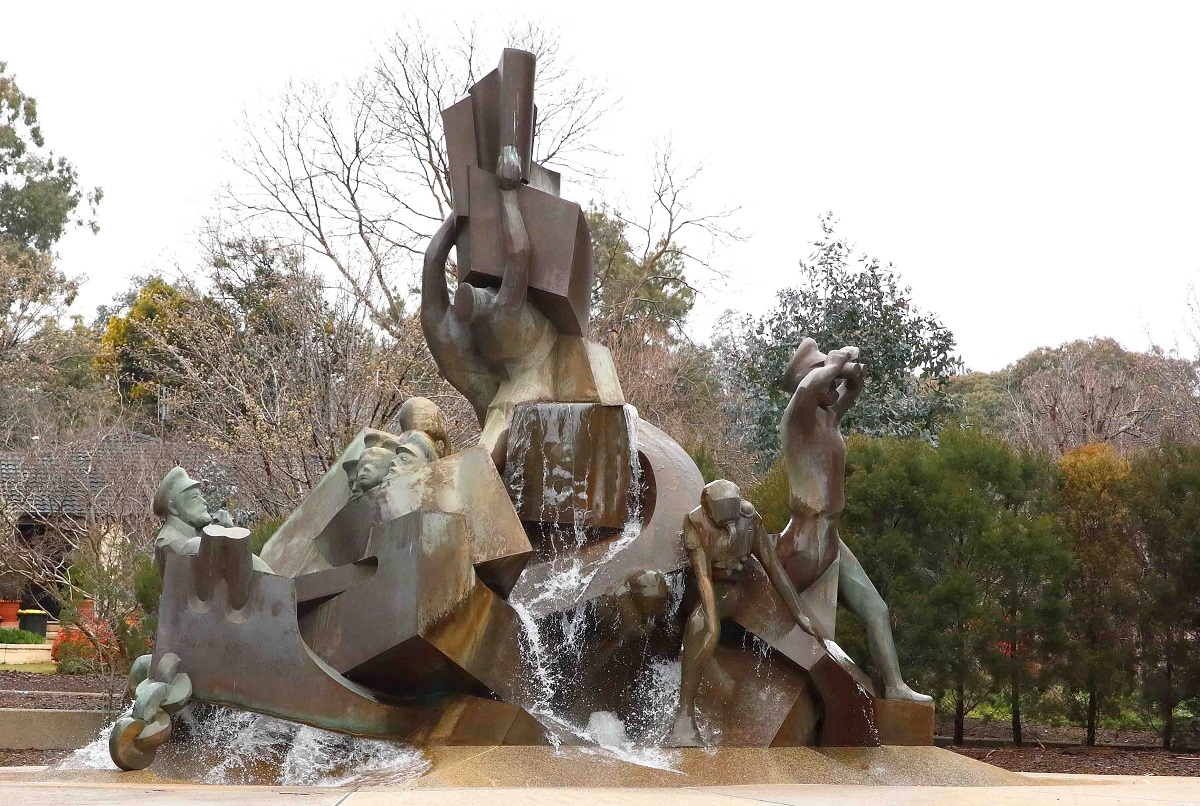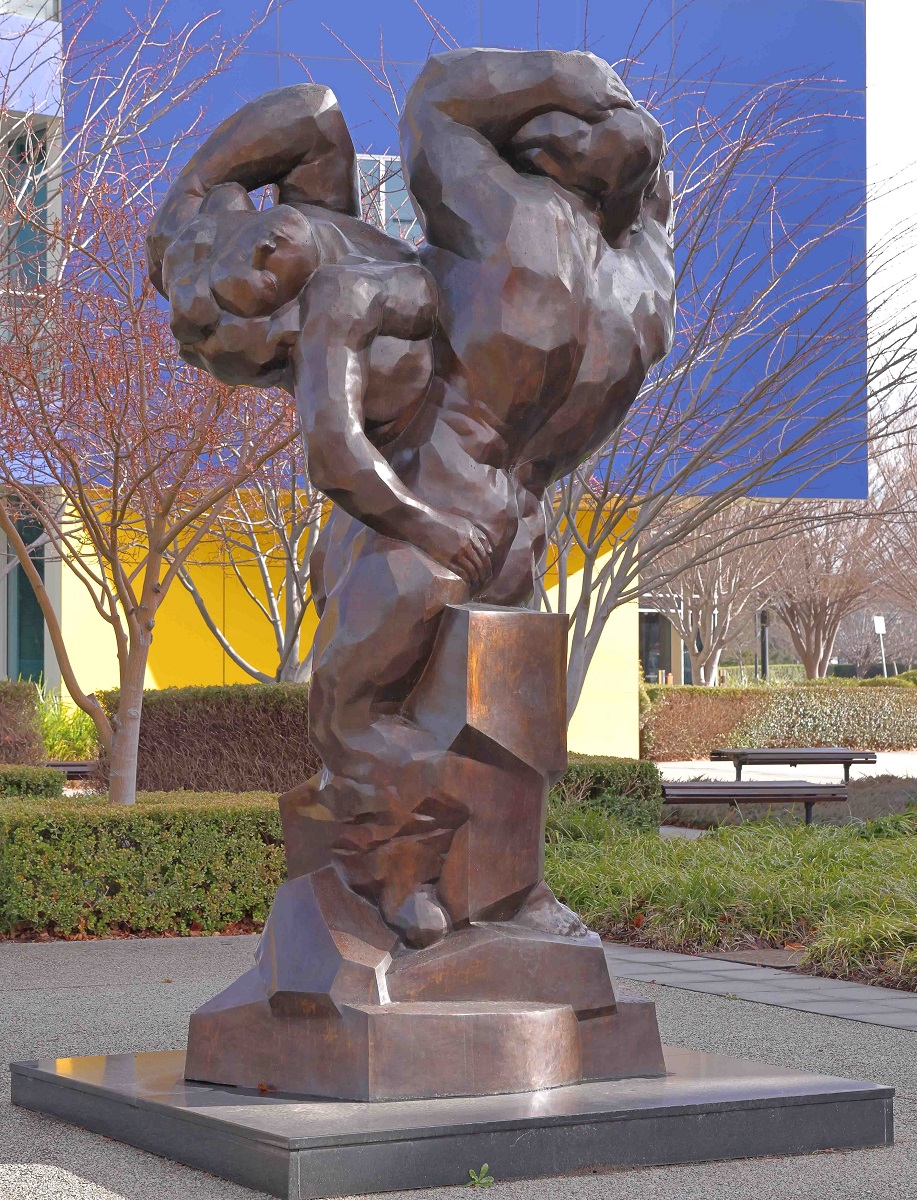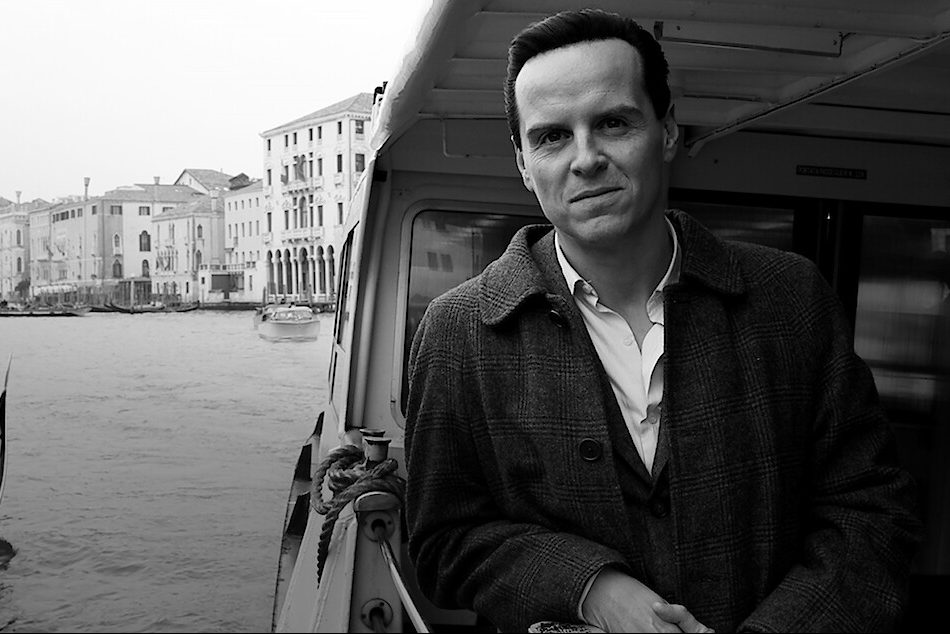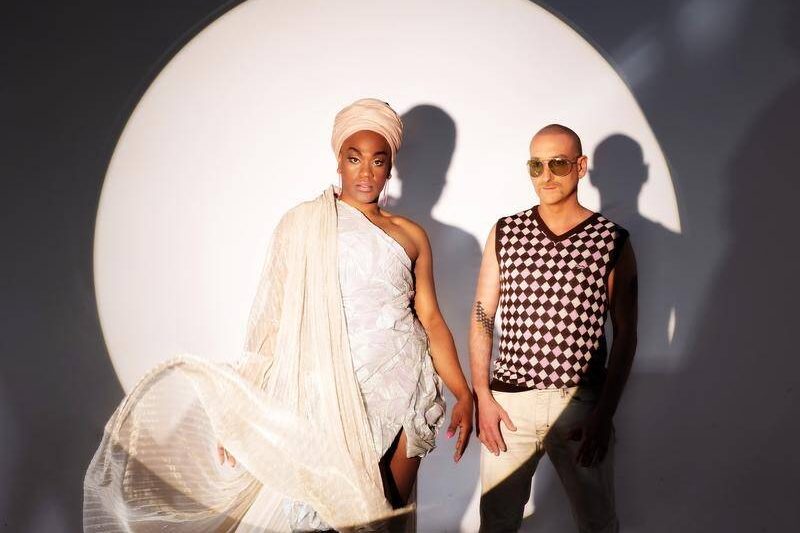
Peter Read’s new book, The Life and Work of Ante Dabro, Australian-Croation Sculptor fills a glaring gap in Canberra’s art history, writes CityNews photography reviewer CON BOEKEL.
With 18 books published, Peter Read is one of Canberra’s leading historians and writers.
His history works, particularly on indigenous history, have been nationally and internationally influential.
Read is a close friend, so I must acknowledge a conflict of interest, as I spent many hundreds of hours on the book’s photography. This is not a critical review.

For reasons that are not entirely clear, sculpture is the neglected handmaiden of the Australian arts. Robert Hughes’ The Art of Australia simply omits sculpture altogether.
By way of contrast, the late Joseph Brown’s private collection, now on display at the National Gallery of Victoria, is notable for its conscious inclusion of three-dimensional figures. Perversely, despite having one of Australia’s leading international sculptors on its doorstep for many decades, the National Gallery of Australia does not hold a Dabro.
This biography fills a significant art history gap in a neglected domain.
Some of Dabro’s works are readily accessible. In particular, the Snow family have been significant patrons and many of Dabro’s beautiful works are on public display at Canberra airport.
Other works, including the serene Judith Wright sculpture and the Churchill bust, both at the Australian National University, require more effort to find. Of the major works, “Genesis” is at the airport, “Resilience” is in the heart of Civic and Dabro’s “Royal Australian Navy Memorial” is on Anzac Parade.
The biography does what good biographies do: it tells the story of the subject. And what a story! The sweep is tremendous – from a child whittling wood while guarding the family’s sheep from wolves in the Croatian hills, experiencing war-time bombing and the dead hand of a dictatorship, to an expansive Fairbairn studio furnished with magnificent maquettes and finished works.

Read’s writing is a work of art in its own right. His vast experience with oral history shines through as he delves deep. His insights are profound. Read skilfully blends the evolution of the sculptures with the evolution of Dabro the person and Dabro the artist.
Read presents Dabro as what he is: a driven artist with a powerful artistic vision, a loving family man, a strong individualist and a polarizing figure, at times mired in conflict. Dabro does not take a backwards step in his creativity, often taking his trusty hatchet to destroy works in progress that do not meet his exacting standards.
As the photographer I tried to capture photos that would meet the author’s needs. I became inspired by the sheer power and beauty of Dabro’s works. As the sword is drawn to blood so the camera was drawn to beauty.
Finally, in the face of its intellectual rigour, the book’s evident warmth reflects the human back story of two men who have been neighbours, friends and fellow conversationalists for four decades.
Who can be trusted?
In a world of spin and confusion, there’s never been a more important time to support independent journalism in Canberra.
If you trust our work online and want to enforce the power of independent voices, I invite you to make a small contribution.
Every dollar of support is invested back into our journalism to help keep citynews.com.au strong and free.
Thank you,
Ian Meikle, editor





Leave a Reply